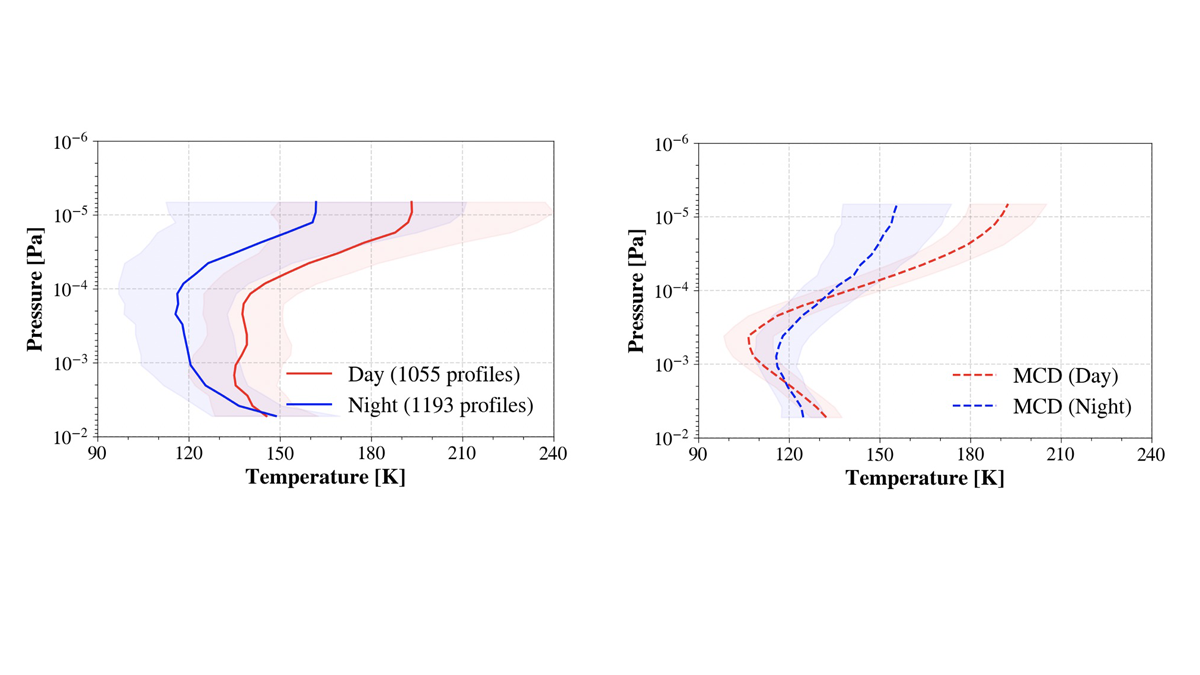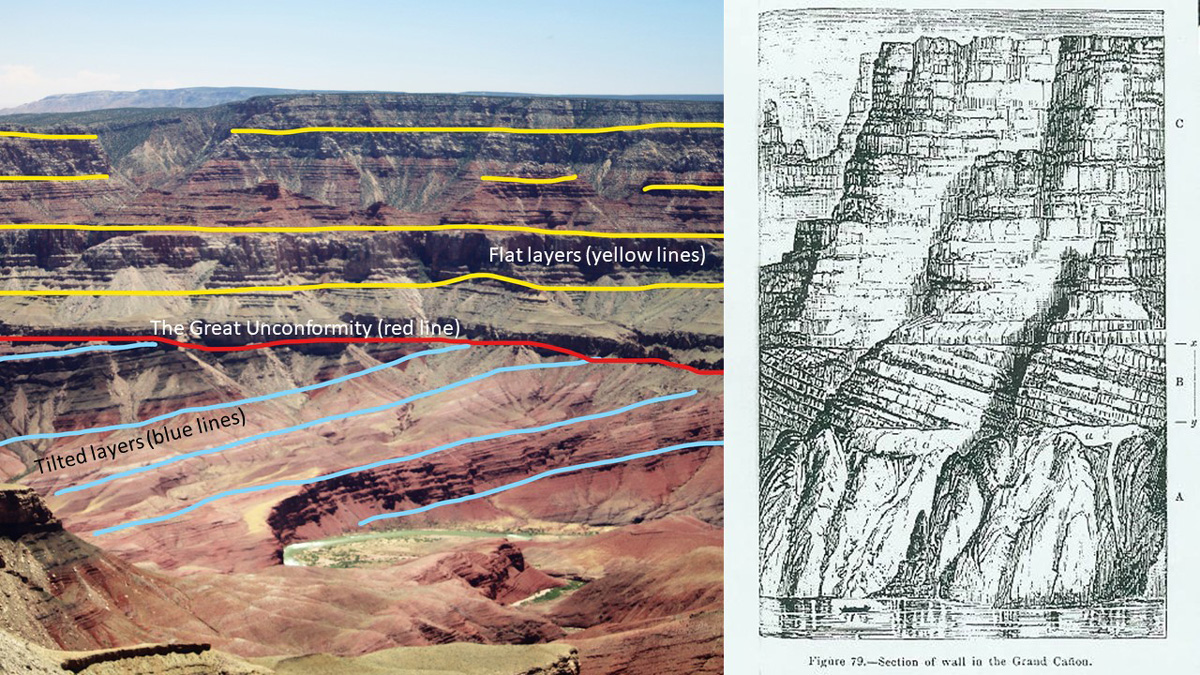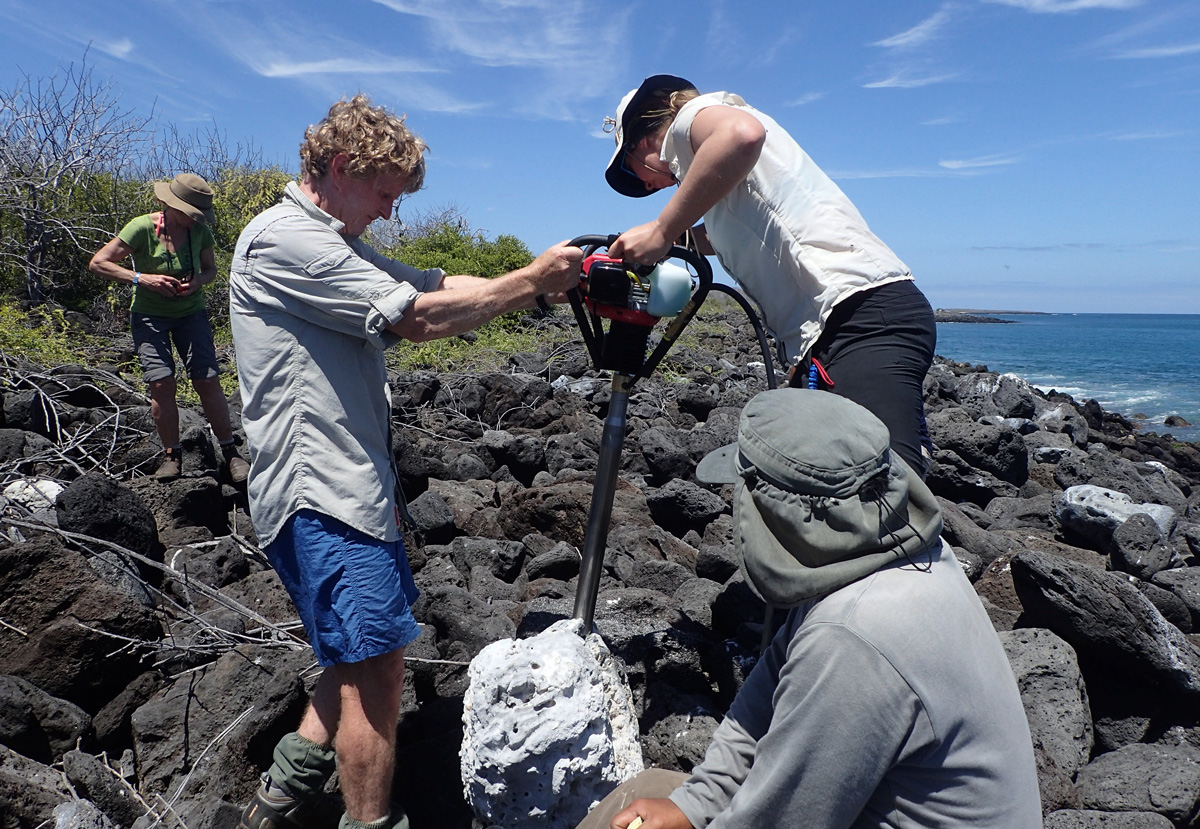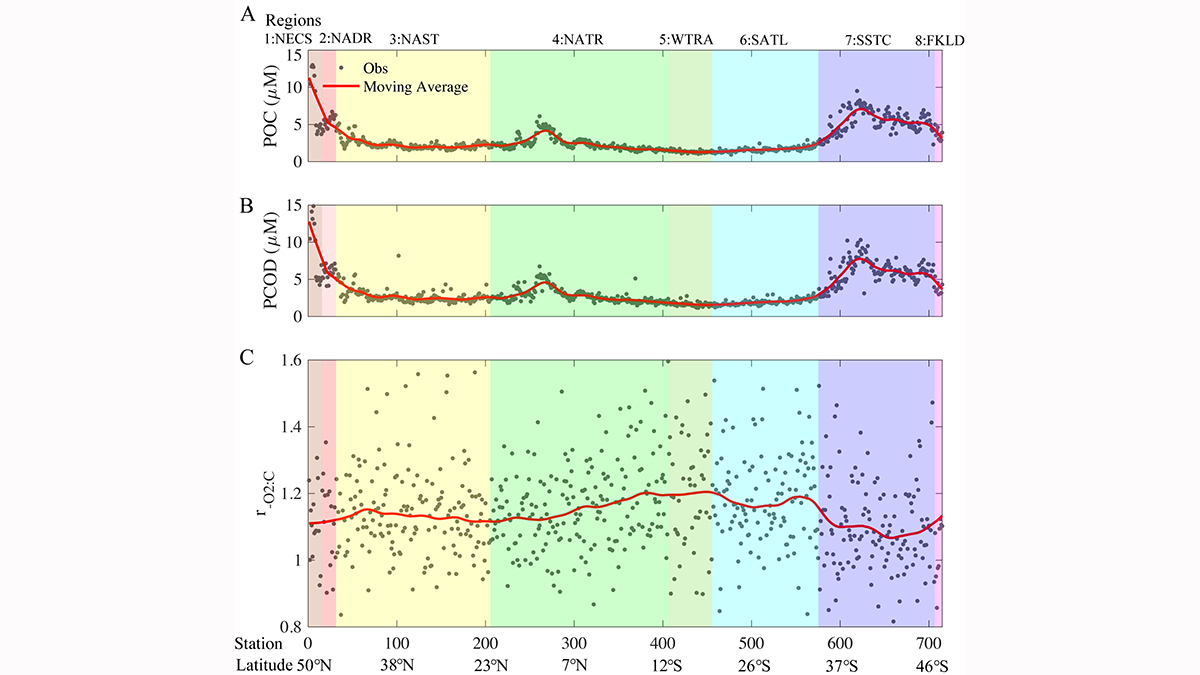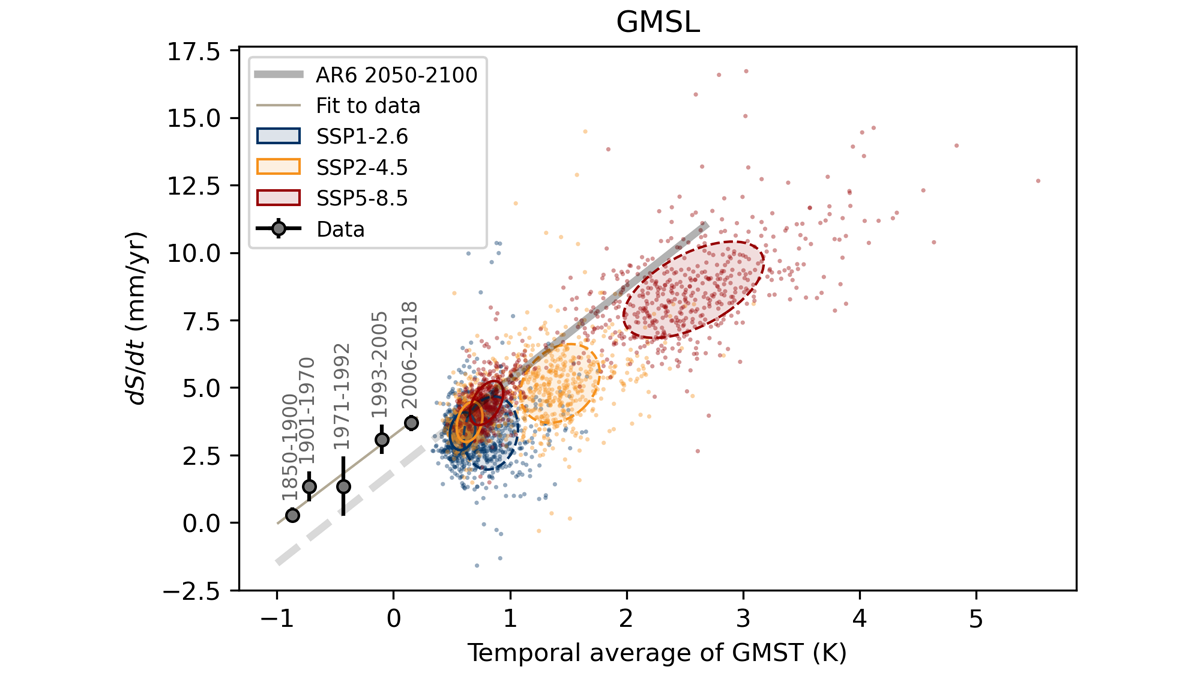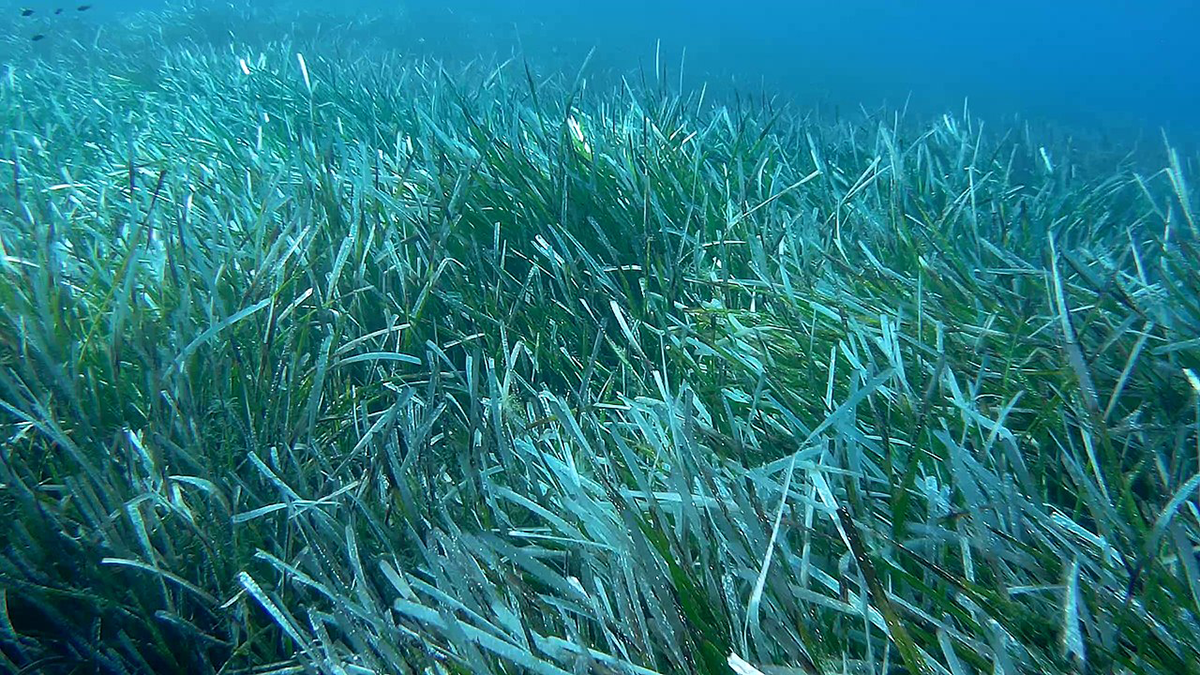The vast genetic diversity of corals means there are some that may survive warming waters. Now scientists just need to find them.
temperature
Unprecedented Constraint on the Martian Mesopause Temperature
The middle atmosphere of Mars is a critical region influenced by both waves from below and solar radiation from above, but until now there have been very few observational constraints on this region.
The Great Unconformity or Great Unconformities?
Some scientists think the Great Unconformity was caused by Snowball Earth’s glaciations. Recent work suggests these phenomena might not be related.
Far-Flung Forces Caused the 2021 Pacific Northwest Heat Wave
Air from thousands of kilometers away spiraled down to drape the Pacific Northwest in blistering heat.
El Niño Varies More Intensely Now Than in the Past Millennium
Researchers found evidence for a strengthening El Niño in living and fossilized Galápagos corals.
Could Jupiter’s Heat Waves Help Solve a Planetary Energy Crisis?
Infrared observations reveal that Jupiter’s upper atmosphere is much warmer than models predict. The discovery may be a clue to finding missing heat sources in other giant planets.
Respiration Quotient Variability and Ocean Oxygen Levels
Respiration quotients in the Atlantic and Pacific Oceans reflect different water temperature, nutrient stress and phytoplankton community structure, important for regional carbon and oxygen cycling.
Surface Temperature Sets the Pace of Sea Level Rise
Reining in global mean sea level rise from land-ice wastage and ocean thermal expansion requires reducing global mean surface temperatures to near-preindustrial values.
Warmer Winters Keep Crops Sleepy into Spring, Hurting Yield
Annual crops go dormant during winter. Frosty temperatures cue them to wake up—but the warmer winters brought on by climate change scramble the cold signal, hurting yield.
Warming and Agitation Intensify Seagrass Meadow Carbon Fluxes
Carbon dioxide emissions surge in sediments when temperature and agitation increase, both of which are likely to continue rising in degraded Mediterranean seagrass meadows.


